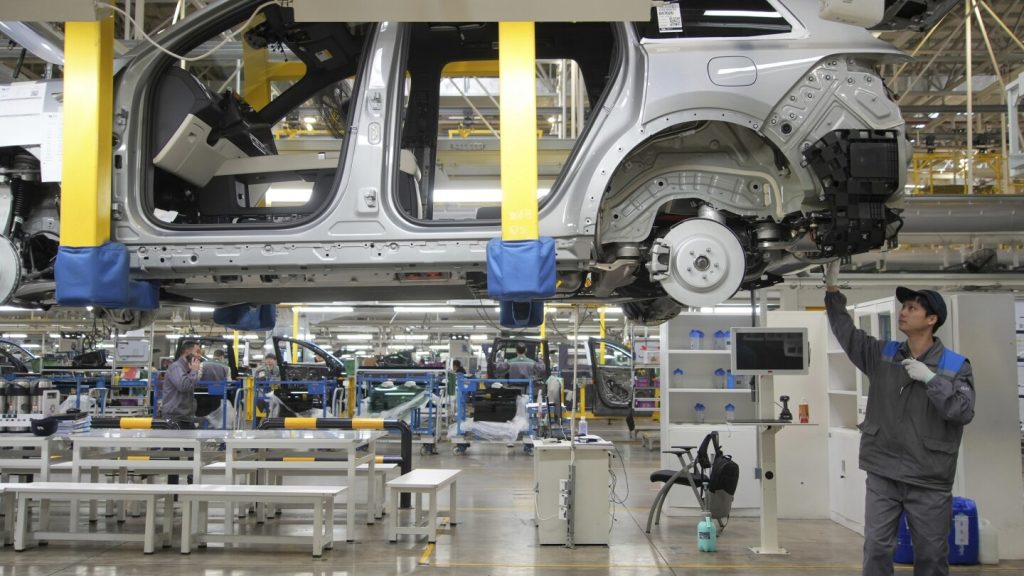Chinese manufacturing showed signs of recovery in March after contracting for five consecutive months, with the official purchasing managers index rising to 50.8 from 49.1 in February. This rebound in industrial activities followed the Lunar New Year holiday, as companies resumed and sped up production. However, challenges still remain for companies, including increasing competition and a lack of market demand. Some factories were reported to have stopped running during the holiday, leading to extended periods of downtime for workers.
During the annual session of the National People’s Congress in March, China announced plans to encourage consumers to scrap old appliances and trade in their cars for electric vehicles in order to boost domestic demand. Additionally, the country allocated 10.4 billion yuan ($1.4 billion) towards upgrading industries and modernizing manufacturing. While these policies aim to support the high-quality development of the manufacturing industry, further implementation is needed. The non-manufacturing PMI also rose to 53 in March from 51.4 in February, marking the highest reading since June 2023.
The recovery of the Chinese economy, the world’s second-largest, has faced obstacles including a downturn in the real estate industry following measures to curb excess borrowing by property developers. The ruling Communist Party has set a target of achieving about 5% economic growth this year, a goal that economists believe may be challenging to achieve. The survey released Sunday indicated positive growth in both manufacturing and non-manufacturing sectors, signaling progress towards the government’s economic goals despite ongoing challenges.
The PMI data reflects a mix of optimism and caution regarding China’s economic recovery. While the increase in manufacturing and non-manufacturing activities in March is a positive sign, concerns such as increasing competition and uneven market demand continue to pose challenges for companies. The government’s efforts to stimulate domestic consumption and invest in upgrading industries are steps in the right direction, but further implementation and policy adjustments may be necessary to sustain long-term growth. Overall, the survey results suggest a gradual recovery in China’s economy following the disruptions caused by the pandemic and other external factors.
Looking ahead, the Chinese government will likely continue to focus on supporting the manufacturing industry through targeted policies and investments. Efforts to promote the trade-in of consumer goods and the transition to electric vehicles aim to boost domestic demand and create new opportunities for growth. As China aims to achieve sustainable and high-quality development, policymakers will need to address ongoing challenges in the market and ensure that economic growth remains stable and inclusive. The latest PMI data provides insights into the progress of China’s economic recovery and the strategies being implemented to navigate challenges and drive future growth.


